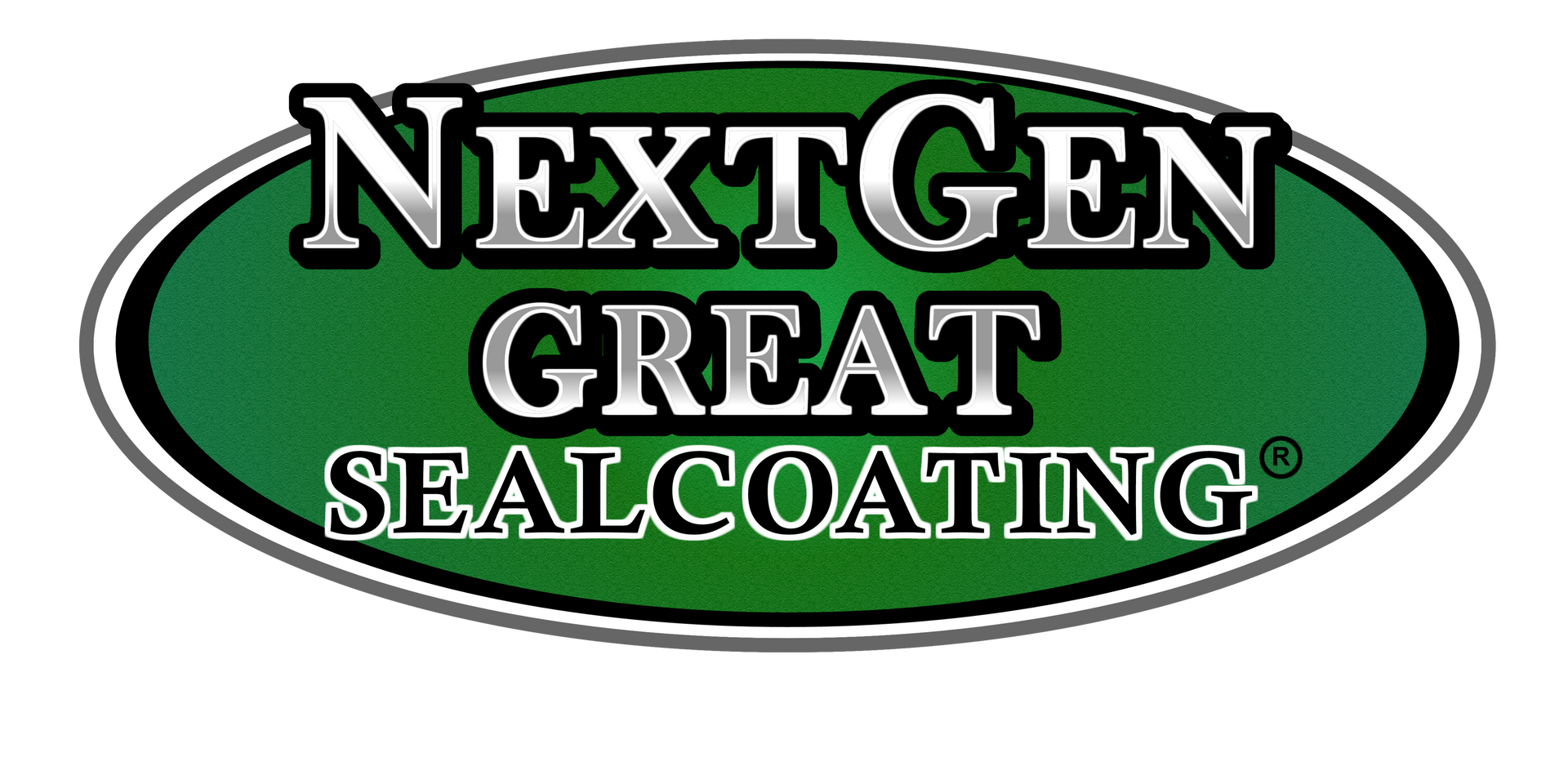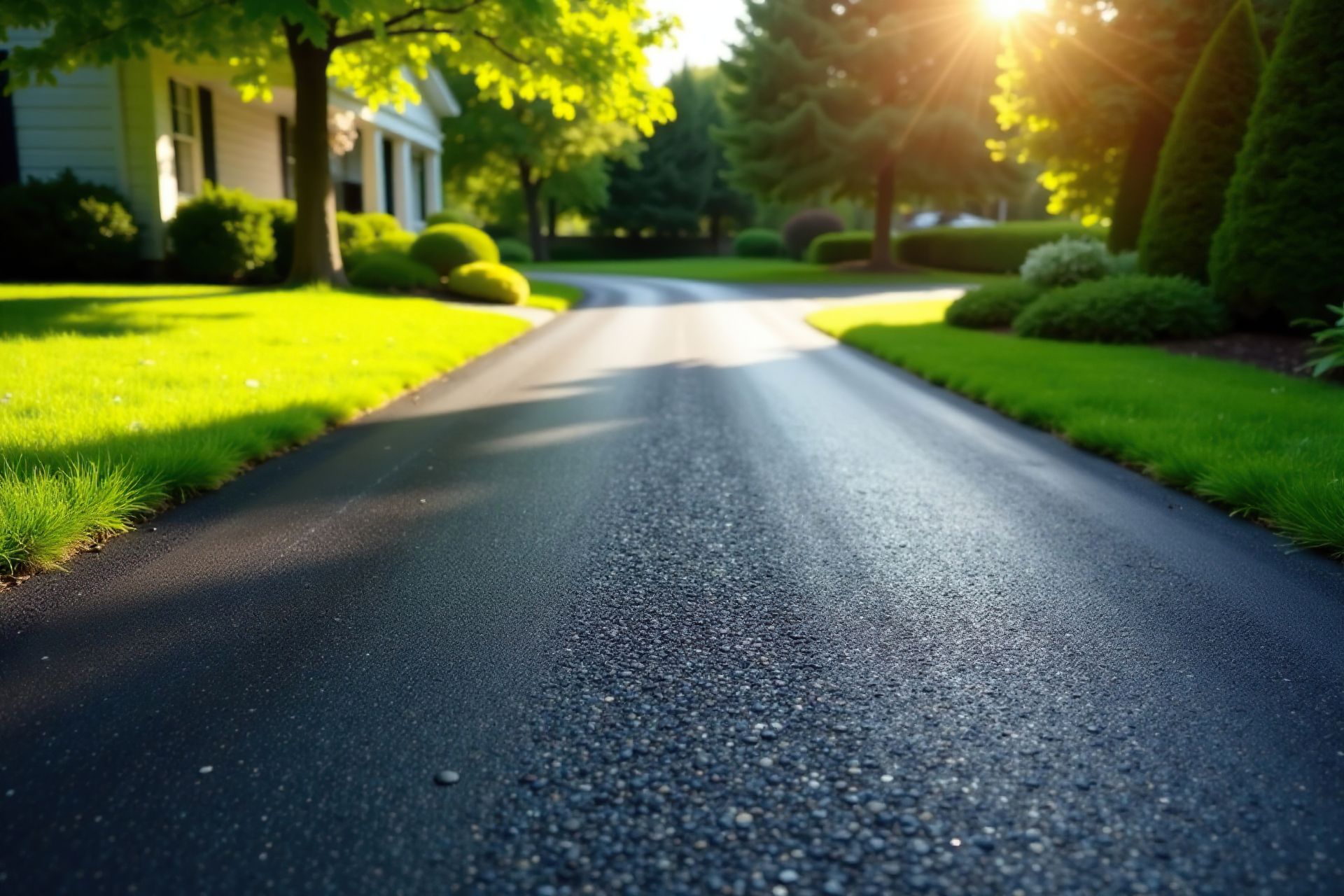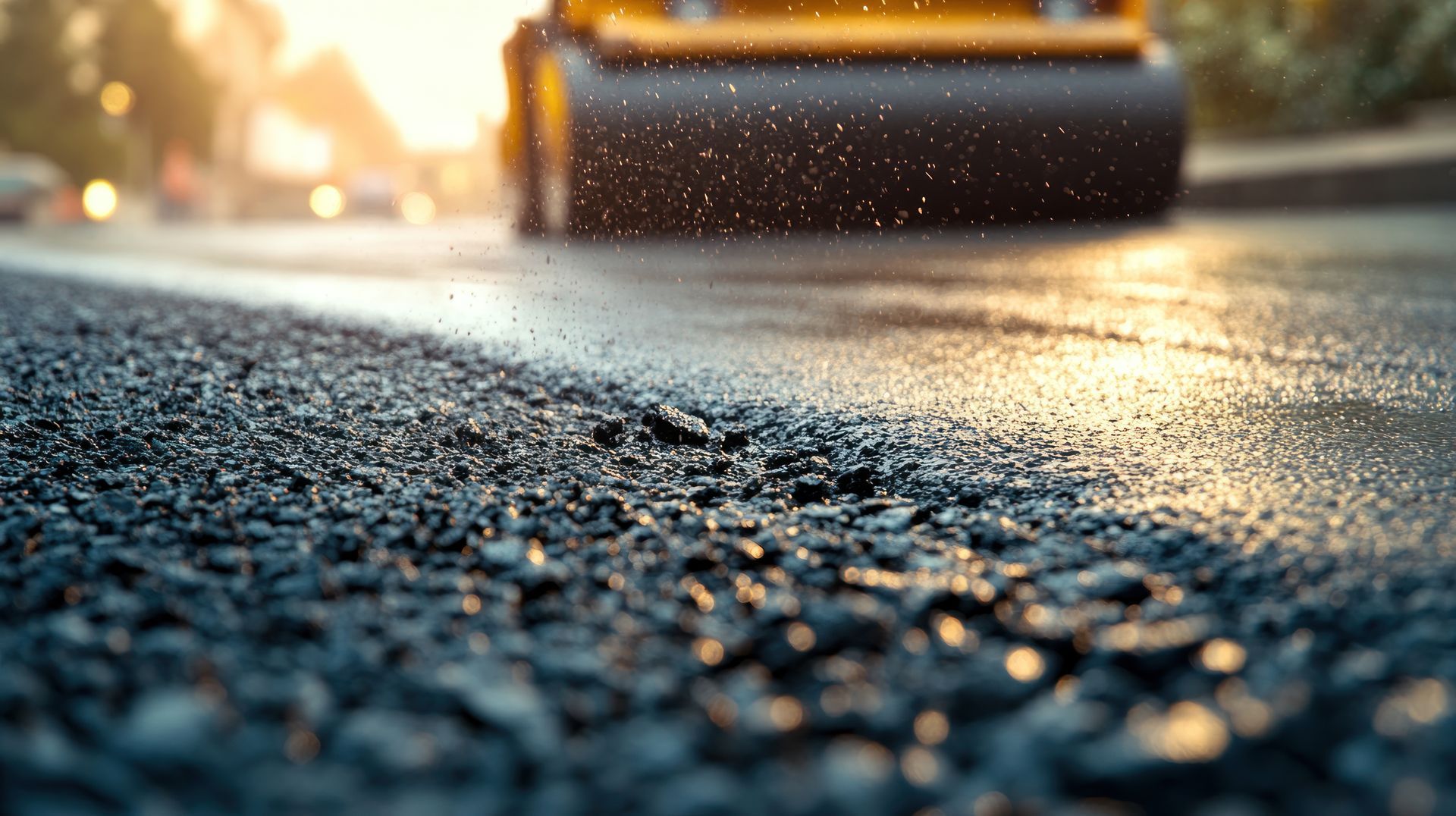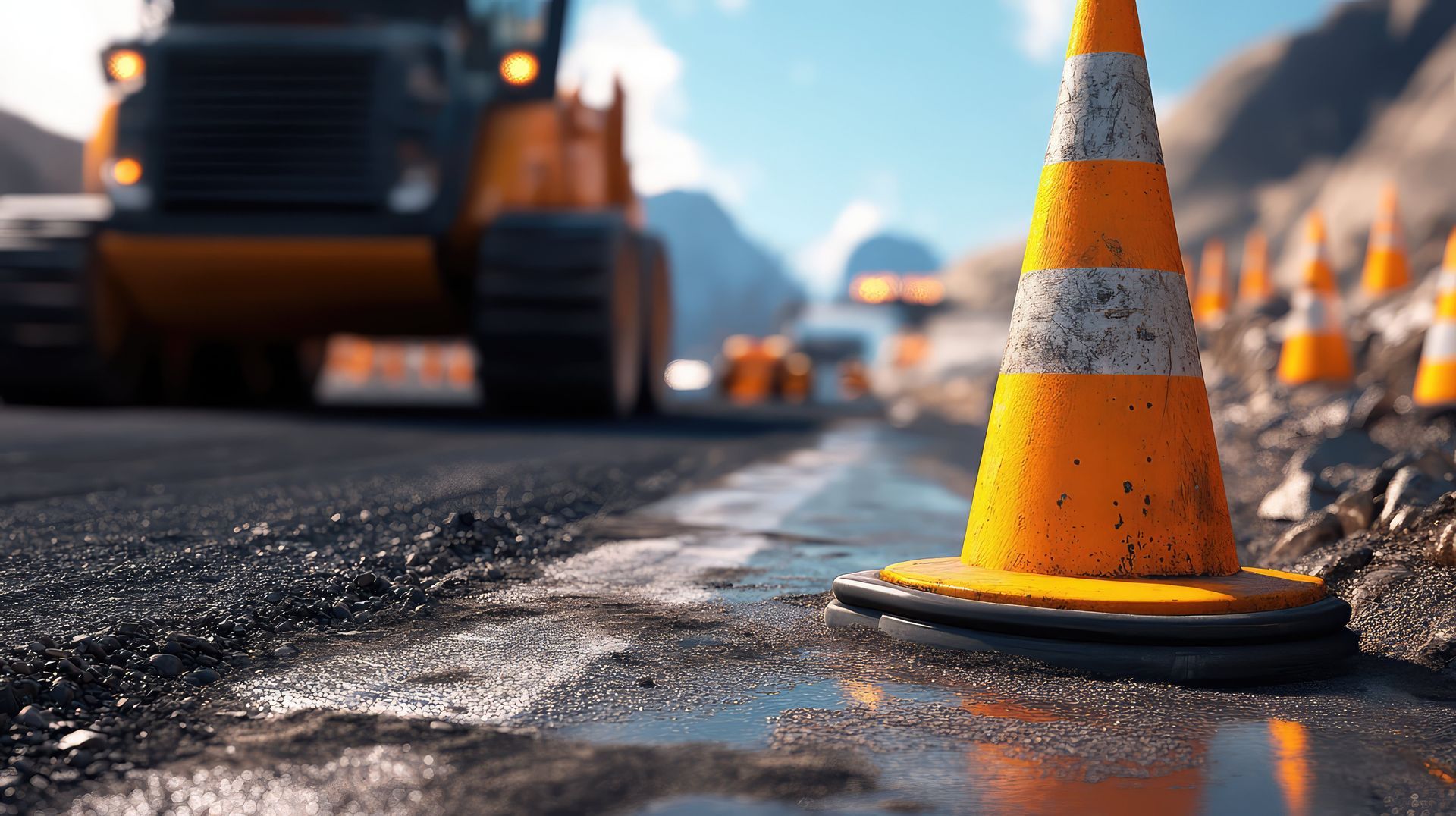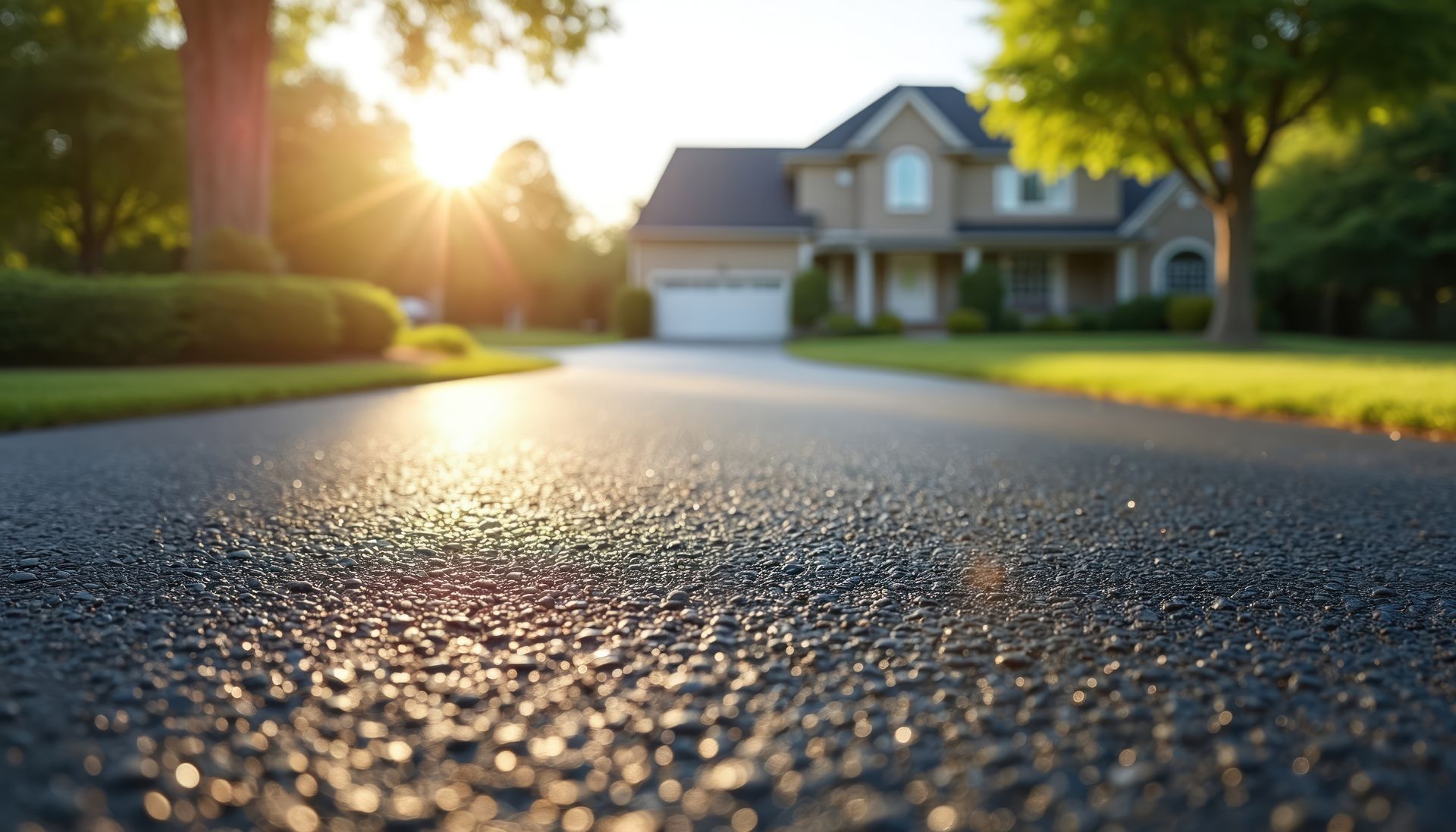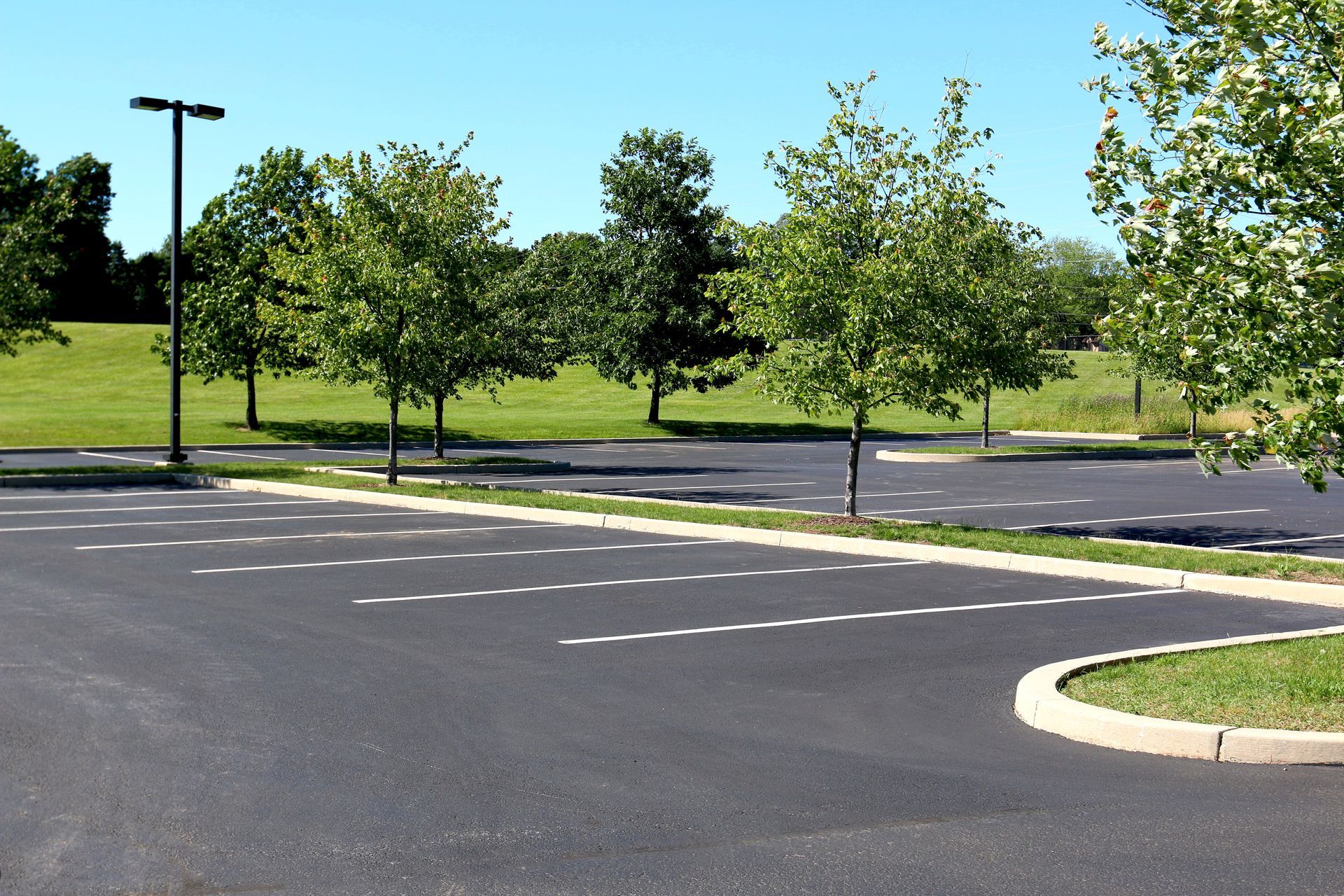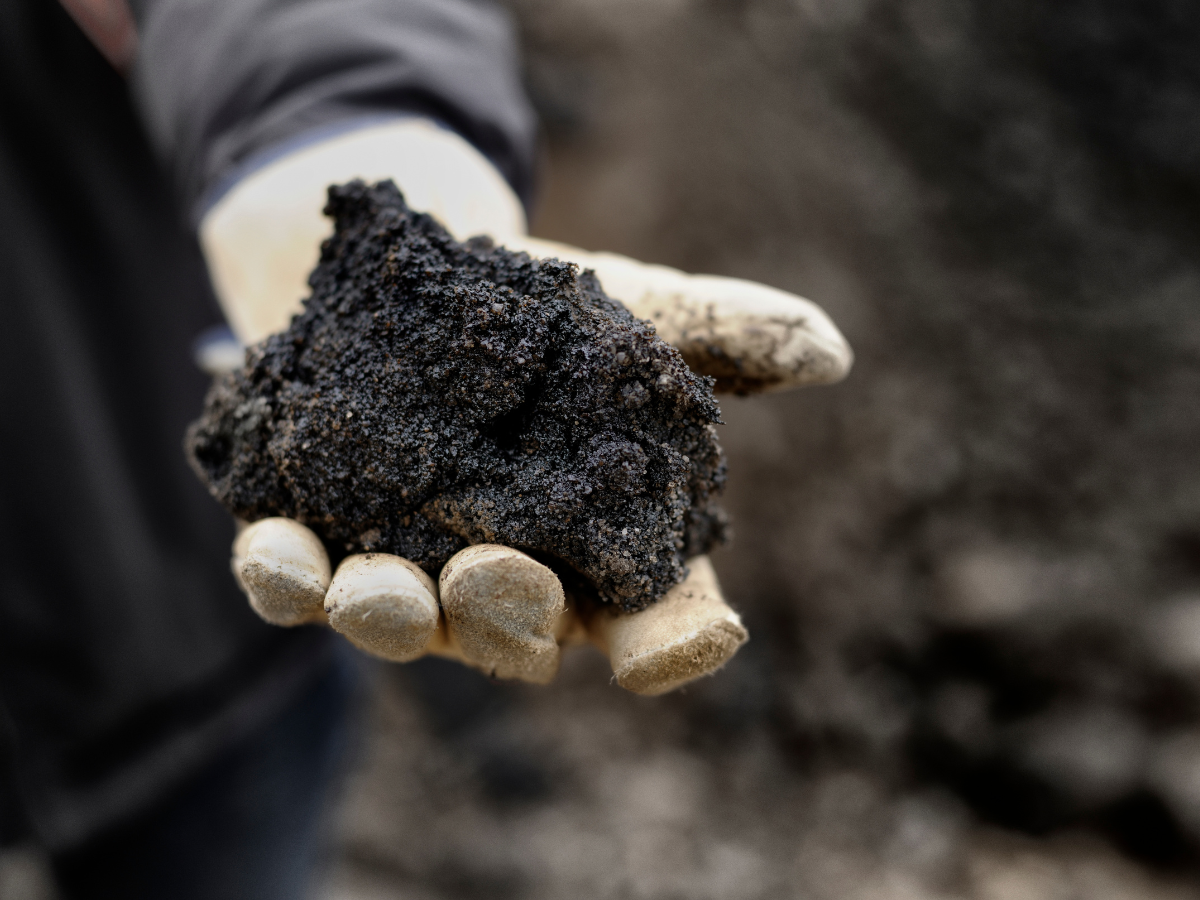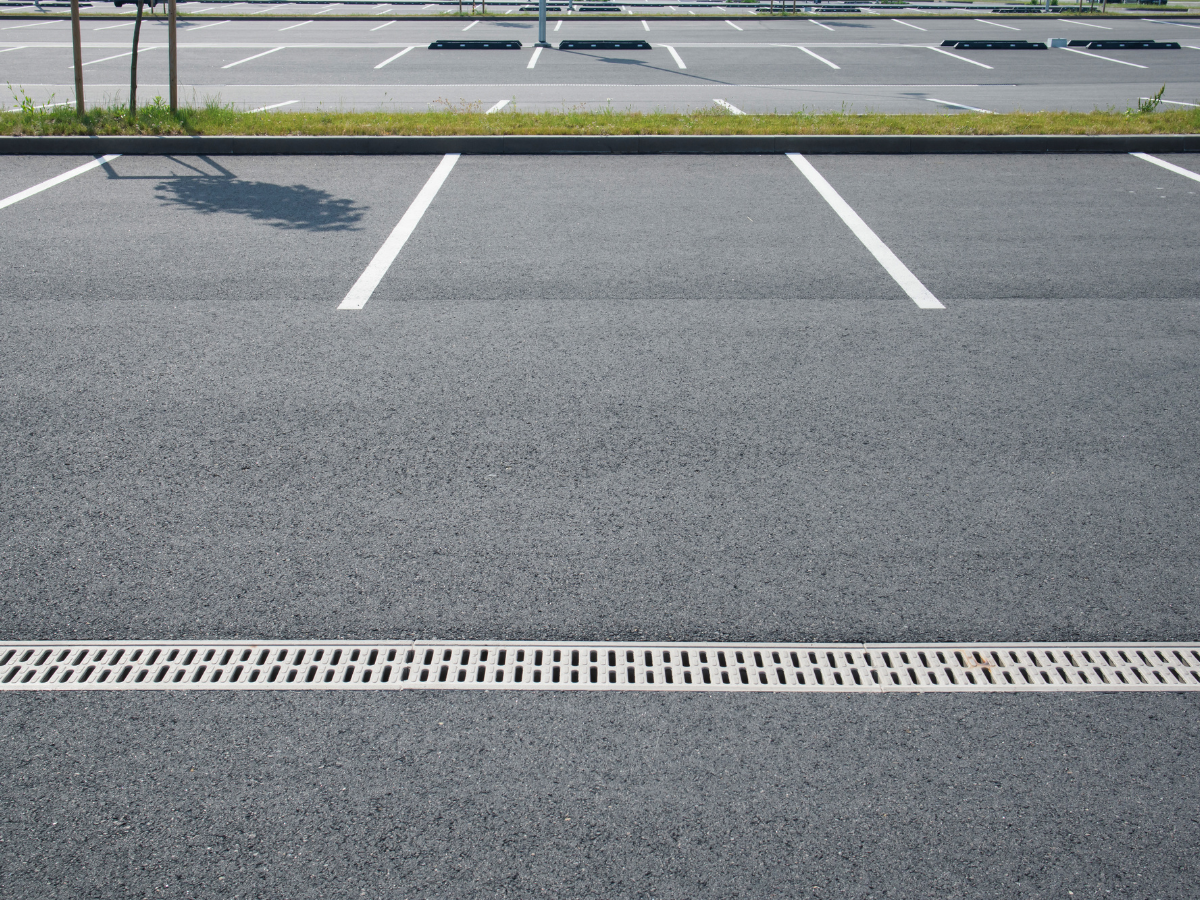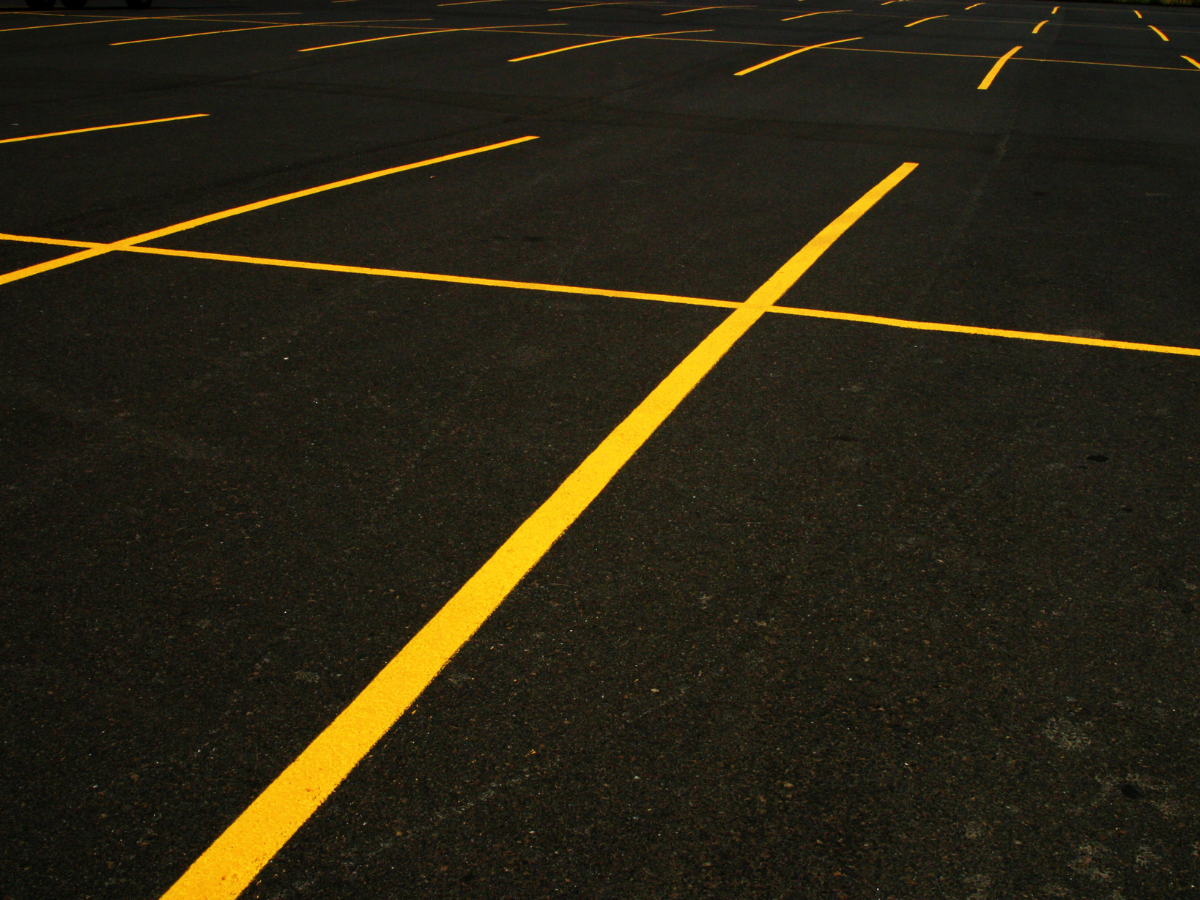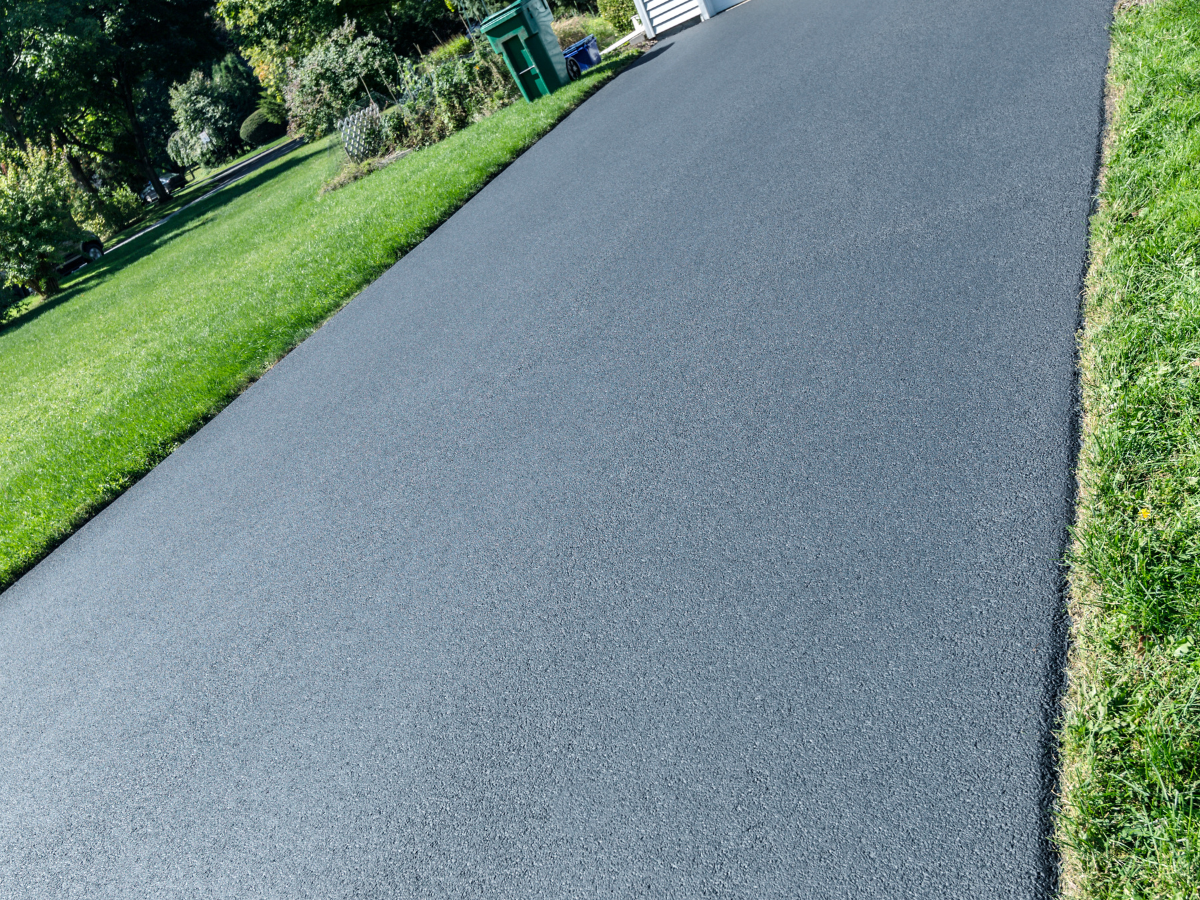What Are the Best Sealcoating Aftercare Practices for Longevity?
After investing in sealcoating for your driveway, parking lot, or road, you want to ensure it lasts as long as possible. Proper sealcoating aftercare is essential to maintain the effectiveness of the sealer and extend the life of your asphalt surfaces. By following the right maintenance practices, you can prevent damage, preserve the appearance, and improve the durability of your sealed surfaces. In this blog, we’ll explore the best sealcoating aftercare practices to ensure the longevity of your sealcoated surfaces.
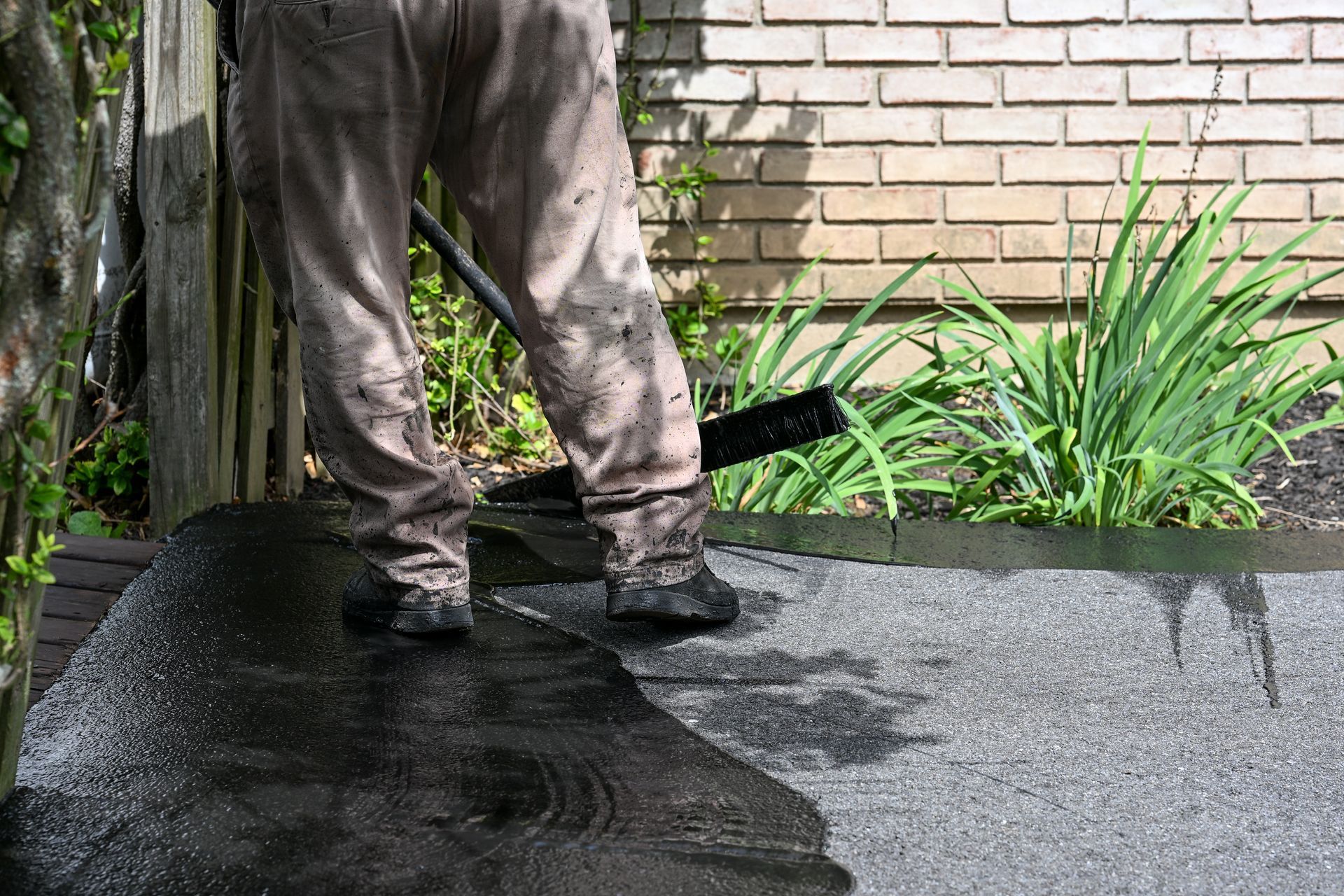
1. Wait for Proper Curing
One of the most important sealcoating aftercare tips is to allow the newly applied sealcoat to cure properly. The curing process is crucial to ensure that the sealer bonds effectively with the asphalt and provides maximum protection. Here’s what you should know:
- Curing Time: After applying the sealcoating, avoid driving or walking on the surface for at least 24-48 hours. The curing time depends on the weather conditions, including temperature and humidity.
- Weather Considerations: For the best results, apply sealcoating when the weather is dry and mild. Hot, dry weather helps the sealer cure faster, while cooler, more humid weather may require a longer curing period.
Allowing your sealcoat to cure fully ensures the maximum protective benefits and enhances the longevity of your surface.
2. Keep the Surface Clean and Free of Debris
One of the easiest and most effective ways to take care of your sealed asphalt surface is to keep it clean and free from debris. Regular cleaning helps prevent damage and maintains the aesthetic appeal of your sealcoated surface.
- Sweep Regularly: Use a broom or leaf blower to remove leaves, dirt, and debris from the surface. Dirt and debris can trap moisture, which can cause the sealer to break down prematurely.
- Wash Periodically: Clean the surface with a mild detergent and water to remove stains and sticky substances like oils or grease. Avoid harsh chemicals that could degrade the sealcoating.
- Avoid Oil Spills: If you notice any oil or gas spills on your sealed surface, clean them up immediately to prevent the sealer from breaking down. Use absorbent materials like kitty litter or sawdust to soak up the spill before cleaning it.
A clean sealcoated surface reduces the risk of long-term damage and maintains the protective layer.
3. Avoid Heavy Traffic Immediately After Application
For the first few weeks after applying sealcoating, it’s important to avoid heavy traffic on the surface. This will allow the sealer to fully bond and cure without any disruption.
- Limit Traffic: Avoid parking heavy vehicles or machinery on the sealcoated surface for at least 30 days. Heavy vehicles can cause indentations or marks that compromise the integrity of the sealer.
- Control Traffic Flow: If possible, try to redirect traffic or limit access to the newly sealcoated area. If it's a parking lot, use cones or signs to warn drivers to avoid parking on the fresh sealcoat.
Giving your sealcoated surface time to set without heavy traffic helps prevent premature wear and tear, keeping it in good condition for a longer time.
4. Reapply Sealcoating as Needed
Over time, sealcoated surfaces will wear down due to exposure to the elements, traffic, and other factors. To maintain the protection and extend the life of your surface, periodic reapplication is necessary.
- When to Reapply: Depending on the amount of traffic and exposure to the sun and rain, sealcoating should be reapplied every 2-3 years. If your surface is in a high-traffic area or experiences extreme weather conditions, you may need to reapply more frequently.
- Signs You Need to Reapply: Look for signs like cracking, fading, or rough patches on the surface. If the surface is becoming porous or water is no longer beading up on the sealcoated surface, it’s time to reapply.
Regular reapplication of sealcoating keeps your asphalt looking new and maintains its protective qualities.
5. Protect Against Extreme Weather
Extreme weather conditions can affect the integrity of your sealcoating. To protect your sealed surface from damage, it’s important to consider weather factors and take preventive measures.
- Protect from Excessive Heat: If you live in an area with hot summers, try to avoid applying sealcoating during extreme heat. High temperatures can cause the sealer to dry too quickly and result in poor adhesion.
- Avoid Freezing: During the winter months, be cautious of salt and de-icers that may be used on your sealcoated surface. These chemicals can damage the sealcoat, so try to use less abrasive alternatives.
- Monitor for Puddling: Heavy rain can cause puddling on sealcoated surfaces. Ensure that your asphalt is properly graded to allow water to drain away efficiently. If you notice standing water, it could cause the sealcoat to degrade over time.
Taking steps to protect your sealcoated surface from the elements can significantly extend its lifespan.
6. Address Minor Issues Quickly
Small cracks, chips, or damages can happen over time, but addressing them quickly can prevent bigger issues down the line. Sealcoating aftercare includes checking for damage and making repairs as soon as possible.
- Crack Sealing: If you notice any cracks appearing on the sealcoated surface, fill them in immediately to prevent water from seeping into the asphalt, which can cause further deterioration.
- Patch Work: If there are areas where the sealcoat has worn away, consider patching those spots to prevent further damage.
Addressing minor issues quickly helps preserve the integrity of your sealcoated surface and maintains its protective qualities.
Conclusion
Proper sealcoating aftercare is essential to maintaining the longevity of your sealed surface. By following these best practices—waiting for proper curing, keeping the surface clean, limiting traffic, and reapplying as needed—you can protect your sealcoated asphalt and keep it looking great for years to come.
At NextGen Great Sealcoating, we specialize in providing sealcoating services that enhance the durability and aesthetic appeal of your asphalt surfaces. Contact us today to schedule your next sealcoating project or learn more about how we can help you maintain your asphalt surfaces.
